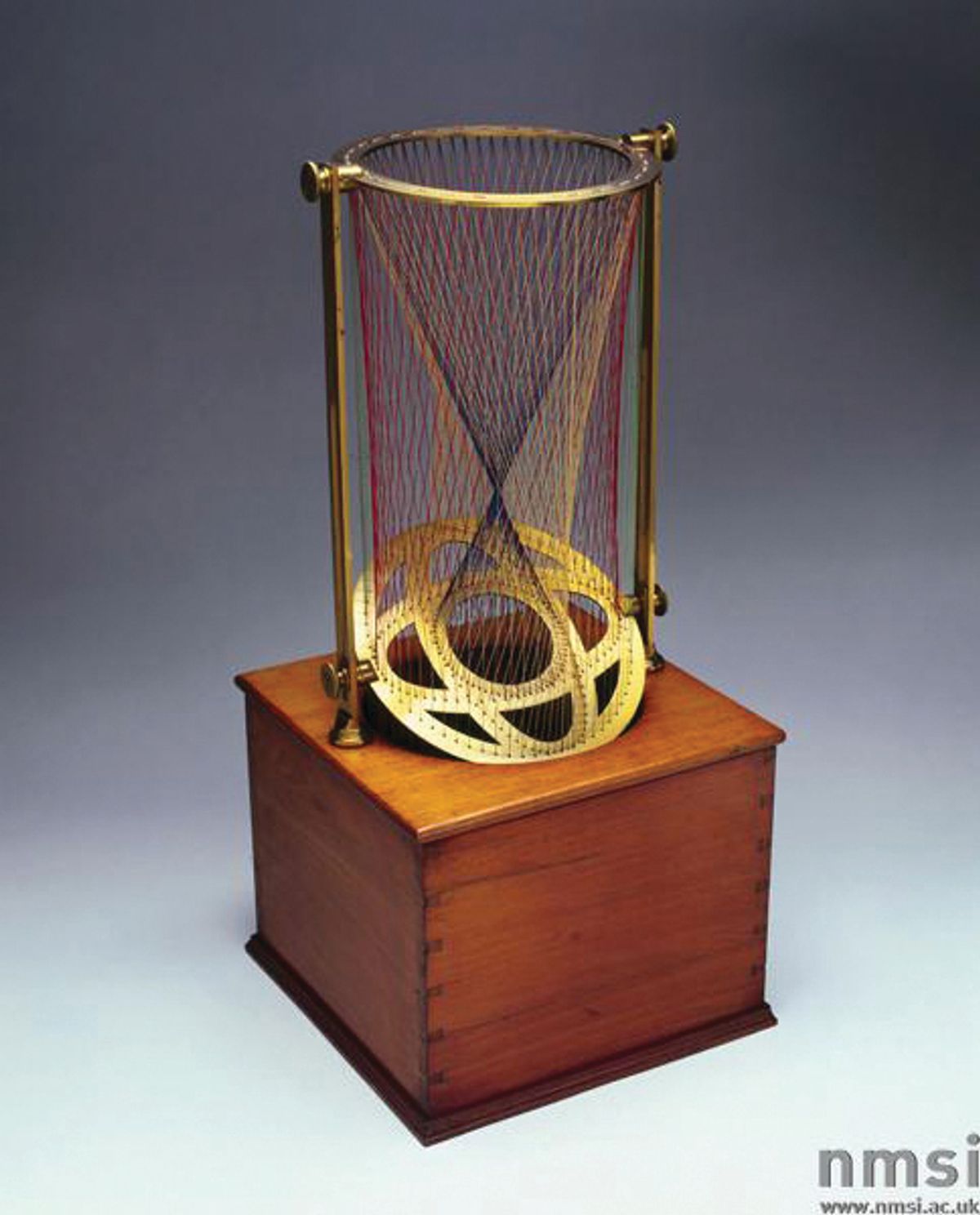Maths and art go back a long way. And it’s easy to see why. Art likes patterns and mathematics is the catalogue of all possible patterns. Some of these patterns hang on walls in frames or are used for design or decoration; others display subtle sequences of events or sounds in time, or colourful networks such as Harry Beck’s London Underground map; others are sculptures embedded in 3D space. At the most prosaic level we can see how human inventiveness has explored all the dimensional possibilities of space: friezes in one dimension, painting in two, sculpture in three. When they are animated to move in time they become music, film and theatre. Art and maths also share the feature of being unlimited. Their potential outputs can never be fully listed or generated by any algorithm: there can be no computer programme that lists all beauty, or all ugliness, any more than one that prints out all mathematical truths.
Despite their unboundedness, treatments of maths and the arts can be fairly predictable: geometry, perspective, Islamic tilings and tessellations, Escher, fractals, wallpaper and frieze patterns, the Golden Ratio, Platonic solids, impossible figures, Leonardo da Vinci and Jackson Pollock—all are found in most treatments of art and mathematics. The presentation of this doubly infinite subject is constrained by commercial pressures. Sadly, many great ideas for books about the two subjects, especially those using modern works of art, have never happened because permission fees make it an economic impossibility.
Mathematics and Art is therefore a major undertaking by the author and a big investment by Princeton University Press, which should be congratulated. The format is large and the paper quality is appropriately high. The approach is historical throughout and has a particular flavour. It is very much a history of mathematical ideas in thematic sections with art, in the widest sense, used to illustrate how mathematical ideas were used in the arts or, more often, how both were part of a cultural movement at a particular time. Yet readers with a background in art or design will find themselves frequently asking what the art-maths connection is for a given topic. It is not primarily a study of mathematical structure in art or the ways in which art has inspired some developments in mathematics. A much deeper analysis would have been required to demonstrate causal links between ideas in art and mathematics. Most chapters can be read as standalone studies and it would have been nice to see more attempts to compare topics across traditional boundaries defined by the chapter divisions.
For example, an overarching theme such as “curves” allows a contrast to be drawn between curves in nature, which tend to be jagged and fractal, and those that are man-made, which tend to be smooth because each is driven by a different type of optimisation. This could have created nice contrast and links between chapters eight and 12. Likewise with the role of IT: inexpensive PCs had a huge effect on mathematics, science and visual media from the 1980s onwards and were responsible for the surge of interest in chaos and complex systems and the computer art that flowed from them, beginning with Benoit Mandelbrot’s “fractal” geometries.

Despite this book’s impressively wide coverage, I noticed a few omissions that would have added to the cultural theme. The material on impossible figures wrongly attributes their invention to the Penroses, whereas the originator was the Swedish artist Oscar Reutersvärd, who created the impossible triangle in 1934 and subsequently drew many impossible pictures. Henry Moore’s stringed figures had a deeper history that went back to Gaspard Monge’s curves and the beautiful stringed models made by his students Théodore Olivier and Fabre de Lagrange that were seen by Moore—and can be seen still in the Science Museum in London and at Union College in Schenectady, New York.
The account of the surprising clash between Russian Orthodox theology and statisticians around 1900 about free will misses the important contributions of Andrei Markov. His invention of the theory of Markov processes (sequences of dependent statistical processes) allowed him to show that the existence of social data obeying the normal distribution did not mean that the decisions leading to them must have been independent choices—and so the results of free will—because dependent sequences of events can give a normal distribution of outcomes as well.
Markov also invented the statistical analysis of literary texts, applying it to Pushkin’s prose poem Eugene Onegin in 1913. Statistics also had an intriguing social side in the 19th century. It was opposed by some, like Charles Dickens, who regarded it as a great evil because politicians could hide poverty behind statements about the lot of the “average man” getting better. Dickens’ novel Hard Times was an attack on statistics, personified by the memorable Mr Gradgrind.
Another aspect of statistics I would like to have found was a fuller evaluation of randomness in mathematics, culture and art. Although it has a bad press, so-called “random art” like that of Ellsworth Kelly and Gerhard Richter is not so easy to create and is certainly not random. We perceive random patterns to be unappealingly ordered. Likewise, the common superstition that “chance” was the mouthpiece of the gods might explain the very late development of a mathematical theory of chance, despite the ancient prevalence of games of chance. This is a fascinating thread that would have been interesting to develop.
These little gaps are witness to the vastness of the challenge set by the book’s title. Nevertheless, the author does an artful job in creating a wide-ranging and beautifully illustrated survey that mathematicians and art historians will enjoy. It will stimulate them to ask new questions, seek new answers and admire thousands of years of criss-crossing human invention.
• John D. Barrow is a professor of mathematical sciences at the University of Cambridge
Mathematics and Art: a Cultural History
Lynn Gamwell
Princeton University Press, 576pp, $49.50, £34.95 (hb)


